The British Workman is a broadsheet monthly periodical produced in the second half of the 19th Century. GCU Archive Centre holds an almost complete run of the publication (1855-1892) which has now been fully digitised and made available for research on the GCU Archive Centre catalogue.
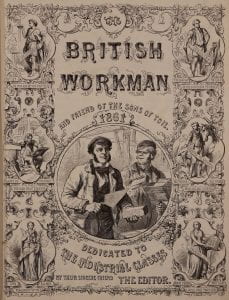
The British Workman, number 73, 1861
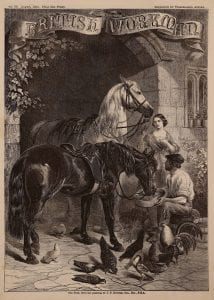
The British Workman, number 92, 1862
The British Workman was created by Thomas Bywater Smithies with the aim of celebrating and encouraging, but also reforming, the working classes. Illustration features prominently in the publication due to Smithies’ belief that “the people must have pictures, and the pictures must be good”[1]. The high quality illustrations featured in The British Workman were often created by prominent artists of the time and provide detailed depictions of working class life, often featuring animals. Many of the illustrations filled an entire page of the large format (16.5 x 12.5 inches) four-page publication, showing that the messages of the British Workman are communicated as much through the image as the text.
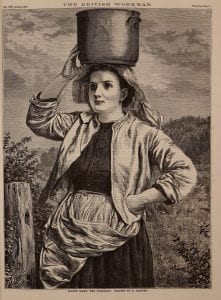
The British Workman, number 248, 1875
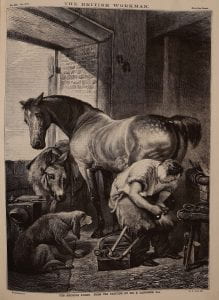
The British Workman, number 202, 1871
Moralistic in its tone, The British Workman is overt in its messaging of temperance and religious devotion. There is no attempt to disguise the paternalistic and didactic aim of the publication, evidenced by including quotes such as this from Lord Shaftesbury: “it seems admirably calculated to produce the best effects among all the operative classes”.[2] The ‘improving’ content consists of articles, prose and poetry with a consistently moralising tone and written with the assumption of a high level of literacy among the intended audience.
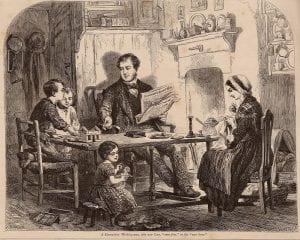
The British Workman, number 73, 1861
In making this publication available through the Archive Centre catalogue it is hoped that researchers looking at this period will find it of value, particularly if interested in the following areas:
- the rise of industrialisation in Britain
- alcohol and society
- the Temperance Movement
- working environments in the 19th century
- religious messaging in 19th century media
- family life in the 19th century
- social and class structures of the 19th century
- depictions of colonialism
- the role of women in working class households
- artistic depictions of the working class
- child labour
- role of animals in working environments
- advertising
The process of digitisation included running optical character recognition (OCR) on the text to make the full text searchable. When you click on the thumbnail image in the carousel of the catalogue entry you will access a PDF which can then be searched (CTRL + F) for whatever terms you are looking for in the text. The scans have not gone through any processing to clean them up and so the original imperfections and indications of the age of the publication are still present. We hope that this will not detract from the experience of using this fascinating resource, but maintains an element of authenticity and patina to the digital surrogates.
Heather Panayiotaki, Assistant Archivist
[1] G. Stringer Rowe, T.B. Smithies: A Memoir (Editor of ‘The British Workman‘). London: T. Woolmer, 1884, Internet Archive, https://archive.org/details/tbsmithiesedito00rowegoog
[2] Earl of Shaftesbury, The British Workman No.2, London: Partridge & Co., 1855